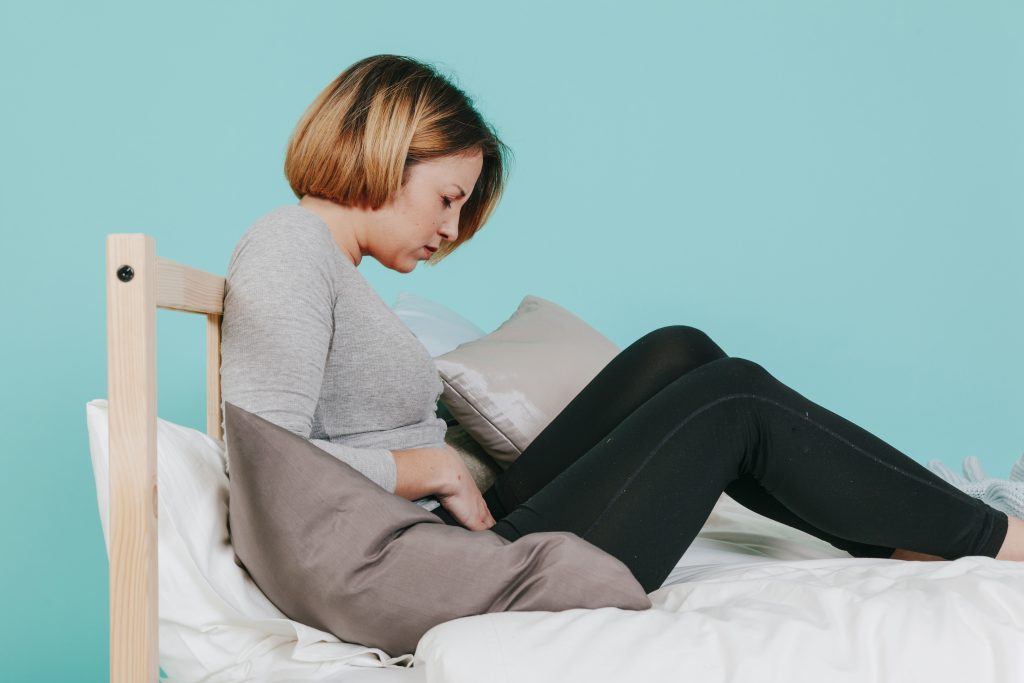
Many women experience bladder leakage at some point in their lives, but few talk about it openly. Urinary incontinence is more than just a physical issue—it affects confidence, relationships, and emotional well-being. It often occurs alongside vaginal laxity, especially after childbirth or with age, creating a combined challenge for many women.
These two conditions are closely linked. Both involve the weakening of pelvic tissues and can lead to reduced control, comfort, and satisfaction. The good news is that modern, non-surgical options are now available to help women feel more like themselves again.
What Is Urinary Incontinence?
Urinary incontinence is the loss of bladder control. It can range from minor leaks to more frequent and uncontrollable episodes. It’s especially common among older women and those who have given birth.
The most common form is stress incontinence, where physical activity such as coughing, sneezing, or lifting causes urine to leak. This happens when the muscles that support the bladder and urethra weaken and can no longer hold back urine under pressure.
Other types include urge incontinence, where a sudden, intense need to urinate occurs, and overflow incontinence, when the bladder doesn’t fully empty and leakage follows. This can be managed with lifestyle changes and incorporating supplements from amazon.com in your diet.
Why Women Are More Affected
Several factors contribute to the higher rates of incontinence in women:
- Pregnancy and childbirth stretch and sometimes damage pelvic muscles.
- Hormonal changes during menopause reduce the strength and elasticity of vaginal tissue.
- Aging naturally leads to a decline in muscle tone across the body, including the pelvic floor.
These changes can lead to both bladder leakage and vaginal looseness. For many women, the two problems are not separate—they share a common cause.
What Is Vaginal Laxity?
Vaginal laxity refers to a feeling of looseness in the vaginal area, often described as a lack of tightness or support. It typically occurs after vaginal childbirth or with aging.
Symptoms may include:
- A feeling of looseness
- Audible passage of air from the vagina
- Decreased sensation during intimacy
- Reduced satisfaction in relationships
- Emotional distress or self-consciousness
Despite being widespread, vaginal laxity is rarely reported. Many women assume it’s a normal part of life after giving birth or aging, and they silently adjust without seeking help.
Yet studies have shown that a majority of doctors agree that this condition is underreported, even though it significantly impacts quality of life.
How the Pelvic Floor Plays a Role
The pelvic floor is a group of muscles and connective tissues that support the bladder, uterus, and vagina. When these muscles weaken, they can’t support the bladder effectively, and incontinence can occur. Similarly, the vaginal walls can lose tone, leading to laxity.
Both issues often have the same root cause, which means improving pelvic floor health can help resolve both.
Addressing the Problem Without Surgery
There is growing interest in non-surgical treatments for women who want to regain comfort and control. Traditional approaches like pelvic floor exercises (commonly known as Kegels) remain useful, but they may not be enough when tissue laxity is significant.
Non-invasive treatments now exist that help the body rebuild collagen in the vaginal tissue. These treatments use gentle energy to stimulate the natural production of collagen, tightening the tissue and improving muscle tone in the pelvic floor.
What a Non-Invasive Session Looks Like
Treatments are typically done in a clinic and take about 30 minutes. A small device is placed just inside the vaginal opening. It emits controlled heating and cooling energy in rotating pulses around the vaginal walls.
The heat stimulates deeper tissue to begin producing collagen, while the surface stays cool and protected. Over time, the tissue becomes firmer and more supportive.
No anesthesia is required, and most women describe the experience as comfortable. There is no recovery period, so women can return to their regular activities the same day.
Benefits Over Time
While each person’s body responds differently, most women start noticing improvements within a few weeks, with peak results appearing around 90 days. These results often last up to a year or longer.
Benefits may include:
- Improved bladder control
- Decreased or eliminated leakage
- A tighter, more toned vaginal feel
- Increased comfort during intimacy
- Boosted confidence and quality of life
Moving Past the Silence
Too many women suffer in silence. Whether from embarrassment, misinformation, or a belief that nothing can be done, many avoid talking to their doctors about these deeply personal issues.
But change begins with understanding. These are common conditions, and they do not have to define your life. With today’s non-invasive options, women can take back control and feel more connected to their bodies.
FAQ
Is urinary incontinence normal after childbirth?
It’s common, but not something that should be ignored. It often results from weakened pelvic floor muscles and can be improved with treatment.
How do I know if I have vaginal laxity?
You may feel a sense of looseness, reduced sensation, or air passage from the vagina. If these symptoms affect your comfort or confidence, it’s worth exploring treatment.
Can exercises help with bladder control?
Yes, pelvic floor exercises can help strengthen muscles. However, they may not be effective in all cases, especially if the tissue itself has become loose.
What causes vaginal tissue to weaken?
Aging, childbirth, weight gain, and hormonal changes can all affect the strength and elasticity of vaginal tissue.
How long do non-surgical treatments last?
Many women see results that last about 12 months. Some choose to have follow-up sessions to maintain the benefits.
Is the treatment safe?
Non-surgical treatments offered by certified clinics are typically safe and well-tolerated. Always consult a healthcare provider for personalized advice.
Will the treatment hurt?
Most women describe it as a warm, mild sensation. There’s no need for anesthesia, and no downtime is required.

